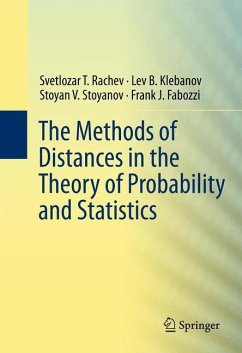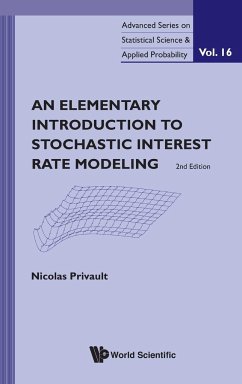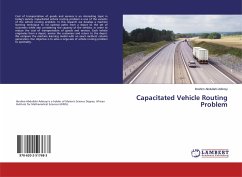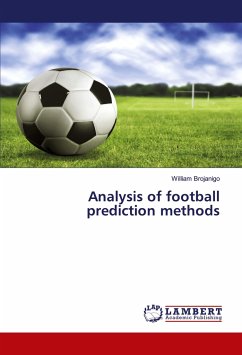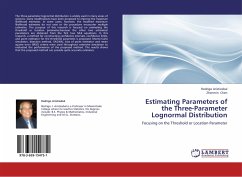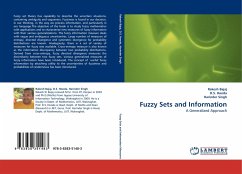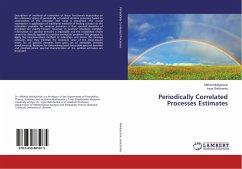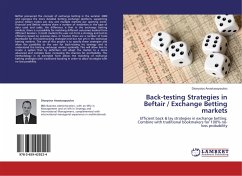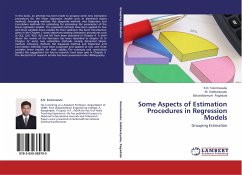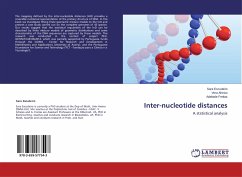
Inter-nucleotide distances
A statistical analysis
Versandkostenfrei!
Versandfertig in 6-10 Tagen
27,99 €
inkl. MwSt.

PAYBACK Punkte
14 °P sammeln!
The mapping defined by the inter-nucleotide distances (InD) provides a reversible numerical representation of the primary structure of DNA. In this book we investigate fitting finite geometric mixture models to the InD and present a case study carried out on the complete genomes of 45 species. Our results suggest that the statistical regularities of the InD can be described by finite mixture models of geometric distributions and some characteristics of the DNA sequences are captured by those models. This research was conducted in the context of project PEst-OE/MAT/UI4106/2014, which was partia...
The mapping defined by the inter-nucleotide distances (InD) provides a reversible numerical representation of the primary structure of DNA. In this book we investigate fitting finite geometric mixture models to the InD and present a case study carried out on the complete genomes of 45 species. Our results suggest that the statistical regularities of the InD can be described by finite mixture models of geometric distributions and some characteristics of the DNA sequences are captured by those models. This research was conducted in the context of project PEst-OE/MAT/UI4106/2014, which was partially supported by Portuguese funds through the CIDMA - Center for Research and Development in Mathematics and Applications (University of Aveiro), and the Portuguese Foundation for Science and Technology ("FCT - Fundação para a Ciência e a Tecnologia").



